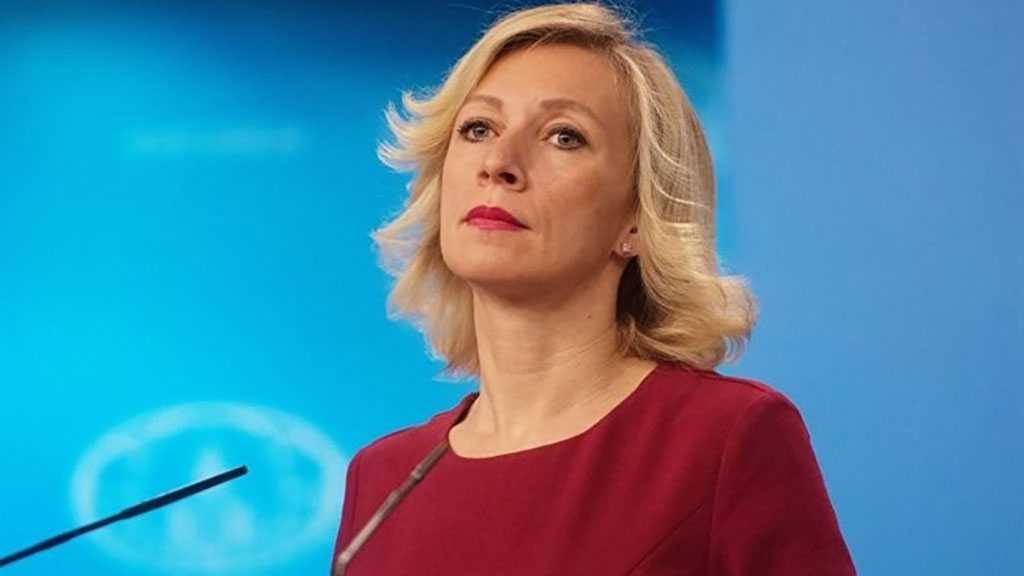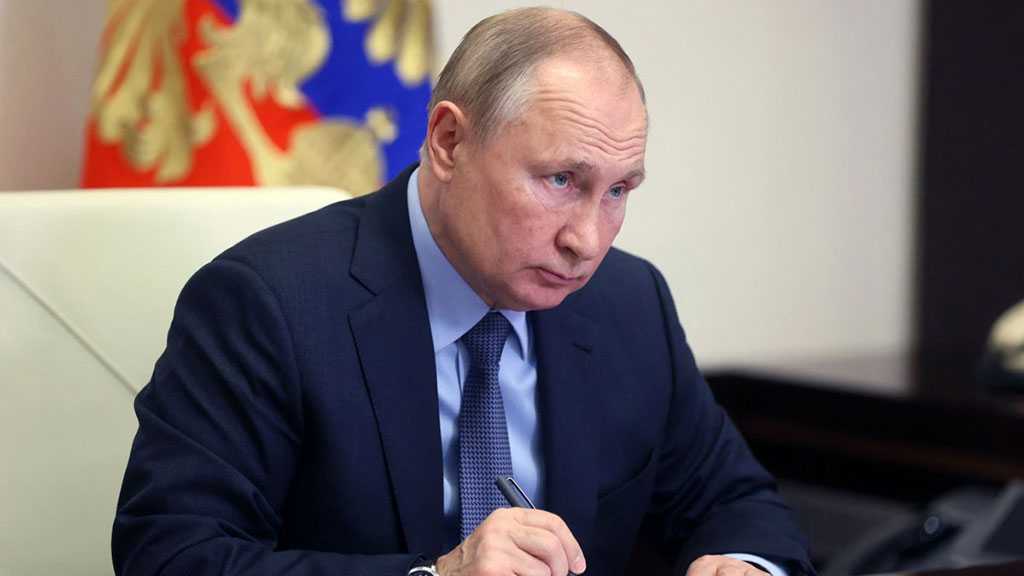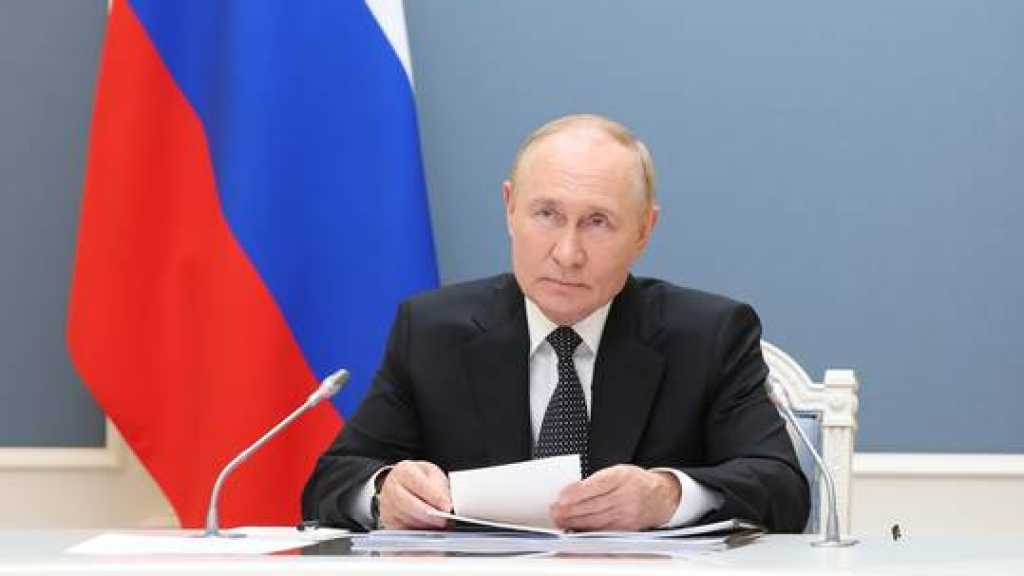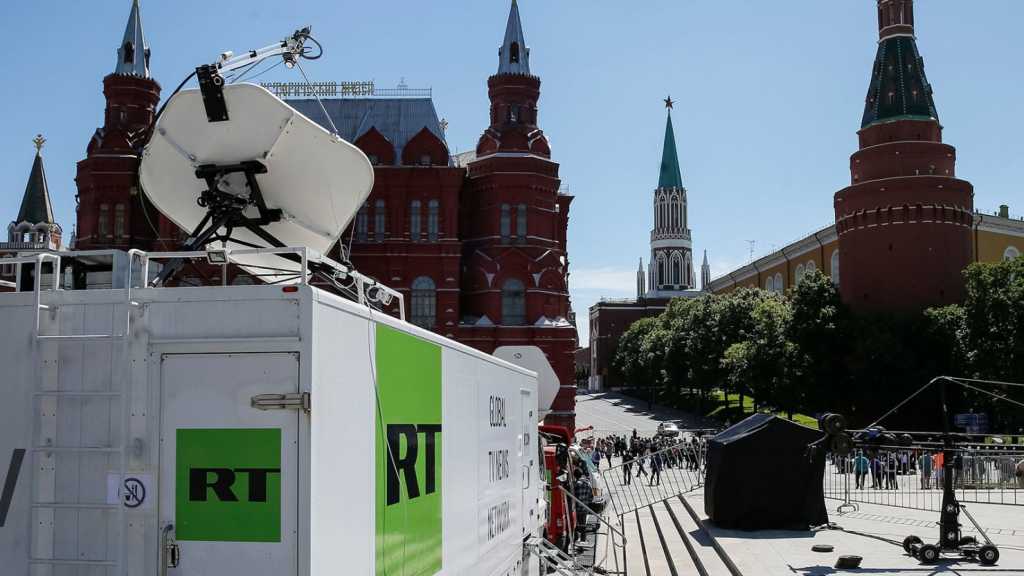Moscow Condemns US Strikes in Yemen

By Staff, Agencies
Western airstrikes in Yemen are aimed at escalating tensions in the Middle East, Russian Foreign Ministry spokeswoman Maria Zakharova has said. Overnight, the US and its allies attacked dozens of targets, which they identified as Ansarullah military assets.
The military action came in retaliation for attempts by the resistance movement to disrupt maritime traffic in the Red Sea to damage the apartheid “Israeli” entity. Ansarullah targeted ships that they said were linked with the “Israeli” entity state in response to the three-month siege of Gaza.
While several nations participated in the strikes, Zakharova singled out the US as the leading force behind the action. In a social media post on Friday morning, she described them as an example of the “total disregard for international law in the name of escalation of the situation for [Western] destructive goals.” She promised to deliver a more detailed statement on the situation later in the day.
The attacks in Yemen were conducted in coordination with the UK and with support from Australia, Canada, the Netherlands, and Bahrain, according to US Central Command. It claimed that Washington’s goal was to “de-escalate tensions and restore stability in the Red Sea.”
Moscow has accused the US of standing in the way of international efforts to quell the Middle East conflict by blocking any proposed US Security Council resolution calling for a ceasefire in Gaza.
The “Israeli” entity started the campaign in retaliation for Operation Al-Aqsa Flood by the Palestinian resistance group Hamas in early October, and says its goal is to obliterate this threat. Washington has provided military support for the “Israeli” military operation despite voicing concerns over the high number of civilian casualties.
At least 20,000 people have been killed in the Palestinian enclave, according to local officials – roughly 1% of its population.
Comments
- Related News

Russia’s Putin Issues New Warning to NATO
2 months ago
Putin: US Trying to Maintain Dominance ‘At Any Cost’
2 months ago

